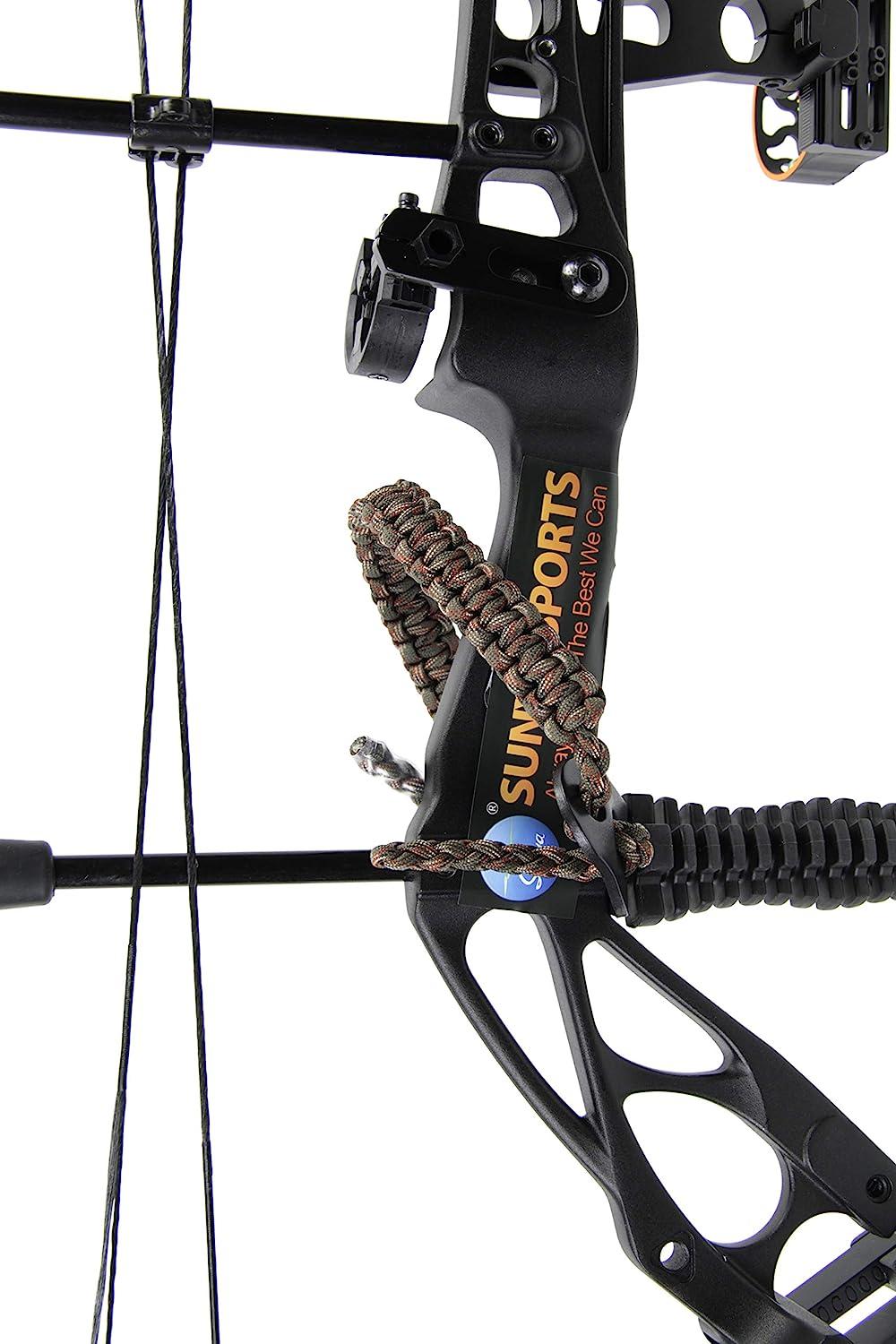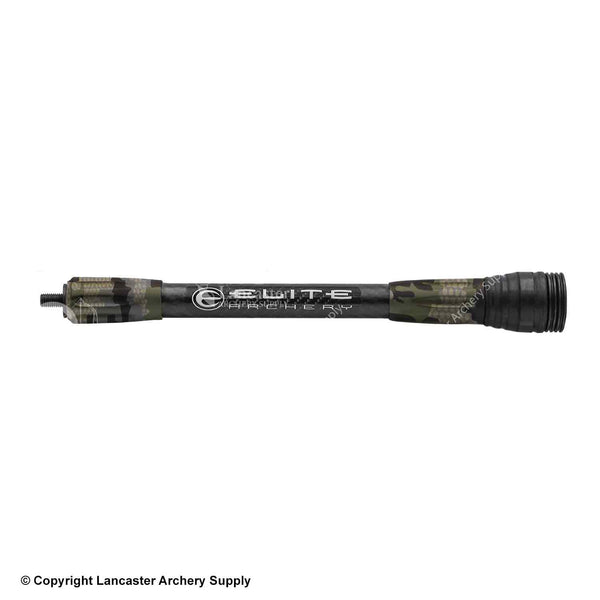Maximize Your Archery Accuracy With These Bow Stabilizer Strategies
One essential element that can considerably impact your efficiency is the proper usage of bow stabilizers. Whether you are a skilled archer looking to fine-tune your skills or a newcomer eager to boost your accuracy, understanding these bow stabilizer methods might be the trick to hitting your mark with unparalleled uniformity.
Benefits of Using Bow Stabilizers
Making use of bow stabilizers can substantially enhance an archer's accuracy and general performance by minimizing bow torque and resonance. Furthermore, bow stabilizers wet resonance, which not only enhances the comfort of capturing however also stops the bow from leaping upon release, thus helping in preserving proper goal.
Furthermore, bow stabilizers can assist in holding the bow steady, particularly throughout windy conditions or when firing from longer distances. The included weight at the front of the bow provides stability and equilibrium, enabling the archer to concentrate on intending without the interruption of bow activity. In general, the advantages of making use of bow stabilizers extend past simply accuracy, boosting the archer's experience and performance in numerous shooting scenarios.
Picking the Right Bow Stabilizer
Picking the proper bow stabilizer is crucial for maximizing your archery devices and enhancing shooting performance. Larger stabilizers can aid lower bow torque and absorb even more vibration, leading to a steadier purpose.

Lastly, consider the layout of the stabilizer. Some stabilizers include adjustable weights or dampeners that permit you to tailor the balance and feeling of your bow. Eventually, choosing the right bow stabilizer entails discovering a balance in between weight, style, size, and product to improve your capturing accuracy and total performance.
Proper Installment Methods
To make certain ideal performance and safety and security in archery, grasping correct installment techniques for your bow stabilizer is necessary. The initial step in mounting a bow stabilizer is to determine the appropriate positioning on your bow. The majority of stabilizers are connected to the front of the riser, listed below the grip, to help counterbalance the weight of devices such as sights and quivers. Ensure that the stabilizer is not interfering with various other parts or hindering your capturing kind.
Following, securely affix the stabilizer to the bow using the appropriate mounting equipment. It is vital to tighten up the stabilizer snugly to stop any kind of tottering throughout shots. Some stabilizers include adjustable weights that can be added or eliminated to adjust the balance of your bow. Try out various weight configurations to discover the optimal balance that fits your shooting style.

Adjusting Stabilizer Weight and Size
After ensuring the correct installment of your bow stabilizer, the following step entails changing the Find Out More weight and length to optimize its performance in boosting archery precision. The weight of the stabilizer plays a critical function in lessening bow motion during the shot cycle.
A longer stabilizer can supply higher stability by boosting the range between the bow and the weight at the end of the stabilizer. On the other hand, a shorter stabilizer offers a lot more ability to move and might be preferred by archers that value agility and fast motions throughout shooting.
Advanced Stabilizer Tuning Tips
Achieving optimum bow security and precision in archery requires a nuanced strategy to sophisticated stabilizer tuning. Advanced stabilizer tuning involves fine-tuning various parts to improve the bow's balance, decrease resonance, and enhance overall precision. One essential technique is to experiment with various stabilizer arrangements, consisting of side-bar and back-bar arrangements, to find the ideal balance in between stability and ability to move for your shooting design. bow stabilizer. Furthermore, readjusting the angle and positioning of the stabilizer can have a significant influence on just how the Get More Info bow reacts upon launch.
One more essential element of advanced stabilizer tuning is optimizing the damping properties of the stabilizer system. This can be accomplished by integrating extra moistening accessories such as rubber dampeners or harmonic stabilizers to further decrease vibration and sound. Checking out different materials for the stabilizer construction, such as carbon fiber or aluminum, can additionally affect the bow's performance by modifying its weight circulation and rigidity. By thoroughly fine-tuning these sophisticated stabilizer components, archers can optimize their accuracy and consistency on the array or in competitors.
Final Thought
Finally, maximizing archery accuracy can be achieved through the appropriate option, installment, and modification of bow stabilizers. By recognizing the advantages of making use of stabilizers, picking the ideal one, and adjust its weight and length, archers can enhance their capturing precision. Utilizing sophisticated tuning techniques can better improve stability and consistency in arrow trip. Overall, integrating bow stabilizers right into archery technique can result in improved performance and boosted precision.
Making use of bow stabilizers can significantly enhance an archer's precision and general performance by lessening bow site web torque and vibration. Longer stabilizers give higher security and equilibrium, particularly for long-distance capturing, while much shorter stabilizers provide even more convenience and are much easier to steer in tight rooms (bow stabilizer). Carbon fiber stabilizers are durable and lightweight, while light weight aluminum stabilizers are robust and offer outstanding resonance wetting
A longer stabilizer can supply higher stability by increasing the range between the bow and the weight at the end of the stabilizer.Another vital facet of innovative stabilizer tuning is enhancing the damping residential properties of the stabilizer system.